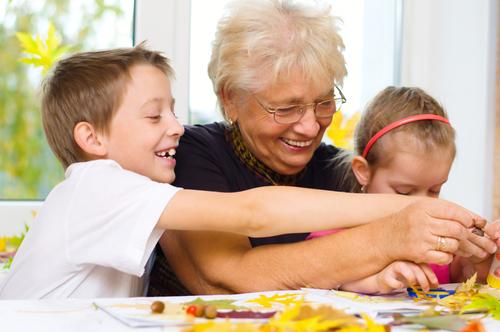People with dementia can flourish and show creativity in ways they, their caregivers, and loved ones never thought possible. Under the guidance of a trained therapist, creative arts therapies use painting, drama, dance, and music to help improve quality of life for people with dementia.
Around 50 million people worldwide have dementia and it’s on the rise. The condition affects the brain and can result in memory loss and inability to carry out everyday activities, recognize faces, or remember words.

